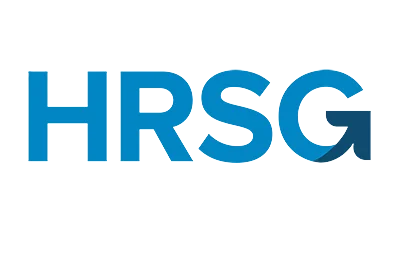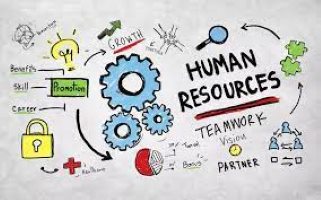Before heading to the steps of building a DEI strategy let us dive into the meaning of DEI strategy. It is composed of three words that are diversity, equity, and inclusion.
Diversity: The meaning of this word represents a broad perspective. In formal definition, we can say that “the condition of having or being composed of differing elements is called diversity”. Diversity can be of any type gender diversity, age diversity, ethnic or physical ability, and neurodiversity.
Equity: The fair share of anything is called equity. Or in DEI strategy we can say that “Equity refers to fair treatment for all people”.
Inclusion: Inclusion refers to how the workforce experiences the workplace and the degree to which organizations embrace all employees and enable them to make meaningful contributions.
Steps For DEI Implementation:
Building a comprehensive DEI strategy is as important as hiring a great workforce for a company to grow in recent times. Diversity and inclusion are considered basic needs for the workplace environment.
- Acknowledge your DEI Vision:
Make sure to clear up your vision before designing your company’s DEI Strategy. You must know the purpose and requirements of your work because every company has a different set of rules that differs from others.
- Involve The Leaders:
Involve your managers, leaders, and all the upper-level personnel in planning your strategy.
- Identify Areas of Improvement:
Try and work towards the betterment of the workforce and its environment. Pay attention to the little details and apply diversity and inclusion accordingly.
- Comprehensive DEI Plan:
Don’t go overboard with unwanted planning and strategies try to keep the plan comprehensive which adheres to the company requirements.
- Inclusion Strategy:
Regardless of all the differences, people incorporate inclusiveness in work life where all the individuals feel valued, respected, and included. Review and update policies, such as parental leave, flexible work arrangements, and accommodation processes, to ensure they are inclusive.
- Keep on learning about diversity and inclusion:
Collaborate with external organizations that cater consultancy to keep on learning about DEI best practices.
- Promote DEI through retention and advancements:
Diversify the work environment through advanced technologies. Host programs and policies that promote DEI culture.
- Hiring and Recruiting:
Make sure to hire and recruit people keeping in mind the diverse perspectives of different religions, cultures, and manners.
including outreach to underrepresented groups, blind recruitment processes, and inclusive job descriptions.
- Educate Employees about diversity, equity, and Inclusions:
Provide training and education about DEI strategy and workplace diversity to employees so they make a diversified environment better removing all negative biassing.
In conclusion, developing a comprehensive Diversity, Equity, and Inclusion (DEI) strategy is crucial for organizations looking to foster a more diverse, equitable, and inclusive environment. By following the steps and best practices outlined earlier, organizations can create a roadmap to promote diversity, ensure fairness, and nurture an inclusive culture. DEI is not only a moral imperative but also a strategic advantage, as it can lead to improved employee satisfaction, creativity, innovation, and overall organizational success.






